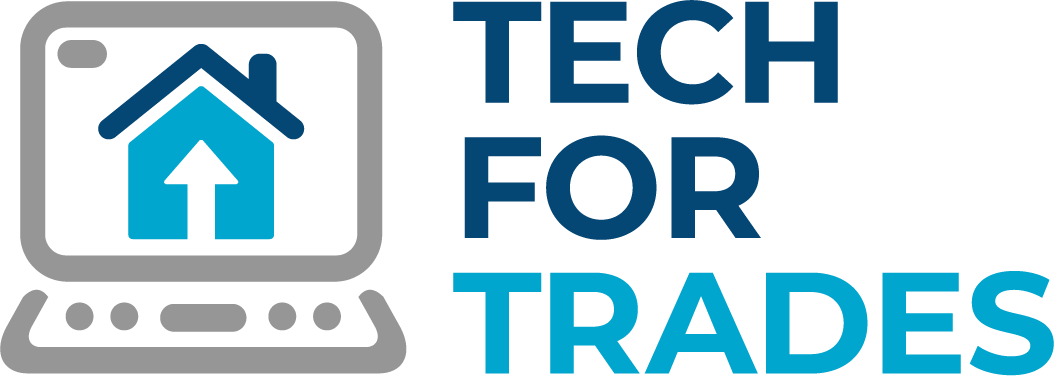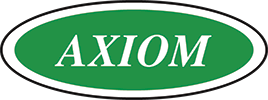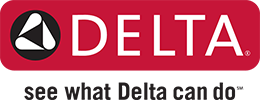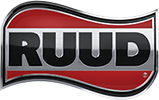We’ve written in past blogs about how technology is transforming HVAC and plumbing products — smart everything, leak detectors, and more. But it’s also transforming how the job gets done.
Software, AI assistants, CRMs, scheduling apps — they’re all part of doing business now, even for small shops. But how do you adopt new tools without turning off your team who might be used to getting the job done the old way?
Here are some tips for making the most of technology without losing what made you successful in the first place — good, old-fashioned service and skill.
Start small and slowly ramp up
You don’t need to transform all your systems at once. A great place to start is with something relatively small, like scheduling and dispatch software. There are several great platforms on the market today that can streamline scheduling of service calls.
Some even include AI-powered features that can auto-assign jobs based on the location of your techs or their specific skill set. If you’ve got a guy who is particularly good with plumbing in old houses, or someone who is the best at servicing boilers, AI tools can automatically match them with those types of jobs.
With that up and running, you might want to move on to invoicing or estimating software that uses your past data to build quotes right on the job site.
Involve your techs in the decisions
If new technology is going to involve usage by your employees, you need buy-in. But that can be difficult. Your experienced pros have been getting the job done for years with it. Dropping a new app on them without warning can and does cause anxiety, and it can backfire.
Prevent that by involving them on the front end. It’s a win-win! By making them part of the process from the outset, you’ll get their buy-in. And it also helps you make the right decision in terms of the type of programs you’ll invest in. Your people in the field know better than anyone what goes on in the trenches. What slows them down on the job? Which parts of the job could be streamlined? What would make their jobs easier? Their feedback can be invaluable in choosing the right tool for your business.
When you have an app in mind, ask a select group to demo the software, so they can test its features in the real world. If they come back with reports that the tool makes their job easier, you know you’ve got the right product.
Make sure they know why it matters
The “why” is important when asking your staff to do the job in a new way. Give them reasons that will matter to them, like less paperwork can mean more time in the field, and fewer late nights writing invoices. Or AI-powered suggestions can cut diagnostic time and even flag potential repeat issues.
Be patient
There’s always a learning curve to any new process. But when everyone is up to speed, it can mean more efficiency on your end, which leads to happier customers on the back end.
So, be patient while your people get the hang of it.
Technology shouldn’t replace service and craftsmanship — it should support it
Just like everything else in the toolbox your crew carries into the field, technology is just a tool. It should enhance and streamline what you already do well: skill, reliability, expertise, and craftsmanship.






